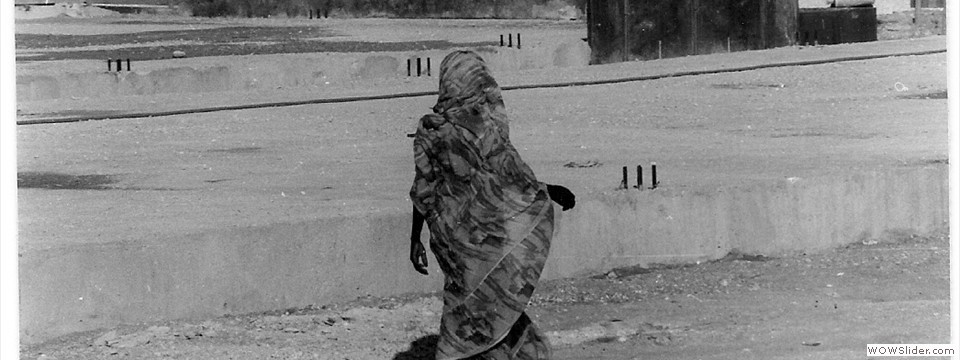2008 - 2009 – Financing during a crisis
Setting
According to Wikipedia: “The financial crisis of 2007–2008, also known as the global financial crisis and 2008 financial crisis, is considered by many economists to be the worst financial crisis since the Great Depression of the 1930s.” This in turn, as many headlines from that time, show us, led to a substantial reduction in lending since banks tended to tighten their loan rates. Where loans were provided, this mostly was to very stable companies and even than Charges were substantially higher.
Challenge
Also at Atlas we were severely affected by the crisis, with total supply-chain lead-times of some 16 weeks (see also: Contract Negotiations - Long-term Supply Contracts with MNCs) we were very vulnerable to sudden ‘sales-stops’. Yes, we had negotiated a consumption guarantee for the entire supply-chain, however these generally worked within a 12-months’ time frame, meaning that we held stocks in the meantime. Under normal circumstances, where one particular item would show delays, this system was more than adequate; now, however, all of our clients invoked this facility at the same time: our stockholdings went through the roof and obviously our liquidity evaporated just as rapidly. Additional funds were required now!
Solution
As should be apparent from Finance - Venture Capital, we not only had a stellar reputation with our bank, but were also supported by a Venture Capitalist (VC). Great as this might seem, the global situation had thrown everything in turmoil and ‘business-as-usual’ did simply no longer exist:
- Where once your bank manager’s fiat had been a prerequisite but also weighty condition for a successful loan application; now suddenly entire credit teams got involved and decisions tended to be devoid of any human touch – facts, facts & facts
- If credit facilities were provided they tended to be dearer, requiring more surety
- Venture Capital was suddenly scarce, preferring to wait for the dust to settle
- Savings would not only have to be announced, but look feasible and where humanly possible implementation already should have started
In this environment my fellow directors and I had to define a new short- and medium term plan; a plan that would incorporate several scenarios: when, if ever, would normalcy return. My 5-year financial projections and accompanying documents had to clearly show all eventualities taken into account. They had to define the financial repercussions and which subsequent steps we were prepared to take at every new twist in the road.
Ultimately we received additional funding from both the VC and the bank and from the latter at rates lower than our pre-crisis rates.













See also: